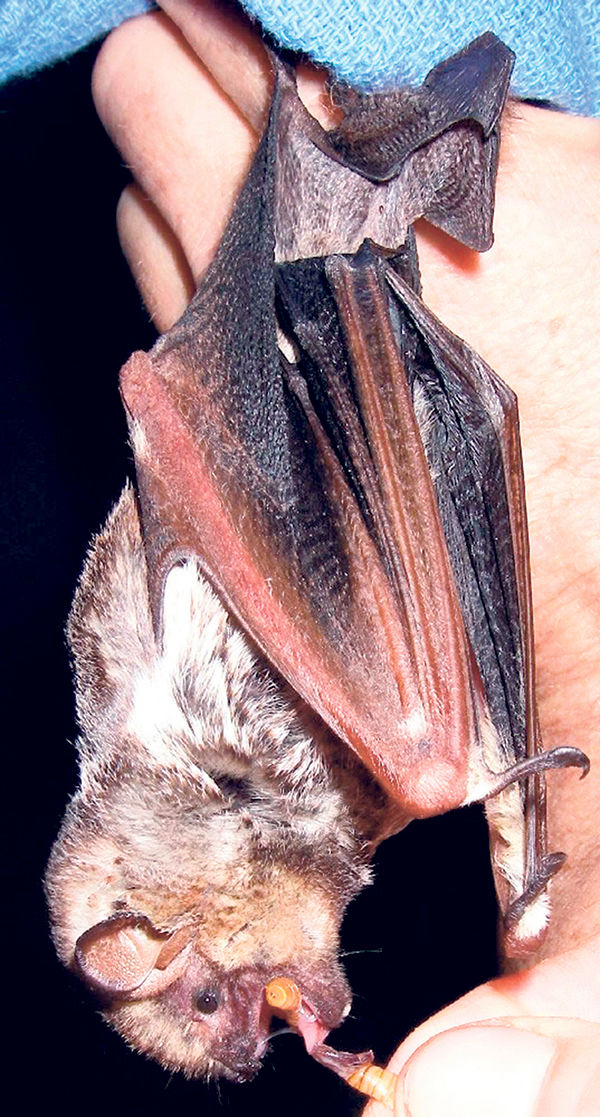The endangered Hawaiian Hoary Bat found on Kauai and almost nowhere else became the official state land mammal Wednesday when Gov. David Ige signed into law a bill aimed at raising awareness of the fury night-flyer’s existence. The bat with
The endangered Hawaiian Hoary Bat found on Kauai and almost nowhere else became the official state land mammal Wednesday when Gov. David Ige signed into law a bill aimed at raising awareness of the fury night-flyer’s existence.
The bat with the foot-long wings is not just the state’s official land mammal — it’s also its only native one. The critter made the islands its home 10,000 years ago after making an unlikely 2,500-mile journey across the ocean from its North American origins.
Today the elusive bat, also known as the opeapea, may live only on the islands of Kauai, Maui, and Hawaii, though it was previously known to exist on Oahu and Molokai as well.
Evidence of breeding has been found only on the islands of Kauai and Hawaii, where the bats are believed to be most plentiful.
Exactly how many of them exist is uncertain.
Estimates range from just a few hundred to a few thousand.
But they’re out there.
“I saw one on Easter flying over my friend’s cabin at Kokee,” said Theresa Cabrera Menard, a Hawaiian Hoary Bat expert and the geographic information systems specialist for The Nature Conservancy’s Kauai office.
It was just after sunset, when the bat typically takes flight to consume up to 40 percent of its body weight in a feast of mosquitoes and other nocturnal bugs.
“It was flying about 50 feet above the eucalyptus and pines, probably heading out on its first foraging mission of the night,” Menard said.
Menard, a Kapaa resident, said she has also spotted the bat traveling along the Wailua River and above the surf at Hanalei Bay.
To increase your chances of seeing one, Menard recommends paying close attention to street lamps.
At night, the bat is known to forage for insects attracted to the bulbs that illuminate roads and walkways.
Sometimes several bats can be seen competing for bugs swarming the same light, and you may hear them chattering at each other as they give chase.
But most of the time, the bat hides out high and deep in the shade of trees, although they have been observed living in a number of strange places, including on a car antennae, underneath a park bench and inside a lava bubble.


